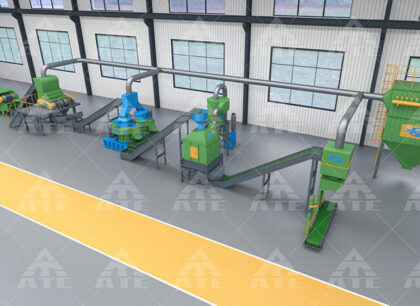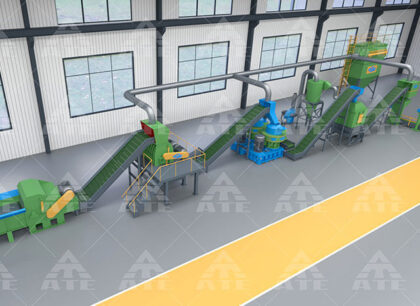Biomass pellet machine, as an efficient biomass energy pretreatment equipment, has become an important member of modern renewable energy technology with its unique working principle and wide application field. It effectively solves the problems of high traditional energy consumption and environmental pollution by converting agricultural waste such as corn stalks, wheat straw, rice straw and other solid raw materials into high energy density pellet fuel.
The workflow of biomass pellet machine mainly includes four stages: pretreatment, molding, cooling and packaging. In the pretreatment stage, the machine first crushes the input biomass raw materials. This step is crucial because it is directly related to the quality of the final pellets. The crushed material will be sent to the molding chamber, where the raw materials are pressed into dense pellets through a high temperature and high pressure environment. In this process, mechanical kinetic energy is used to overcome the binding force between the molecules inside the material, so that the pellets are tightly combined.
Subsequently, the pellets will enter the cooling system to reduce their temperature and solidify their shape. The cooled pellets are more stable and easy to store and transport. Finally, after screening and packaging, the finished pellets can be used in various occasions, such as fireplaces, boilers, etc., as a clean and efficient energy source.
Biomass pellet machines not only improve the utilization efficiency of agricultural waste, but also make important contributions to environmental protection and sustainable energy development.




